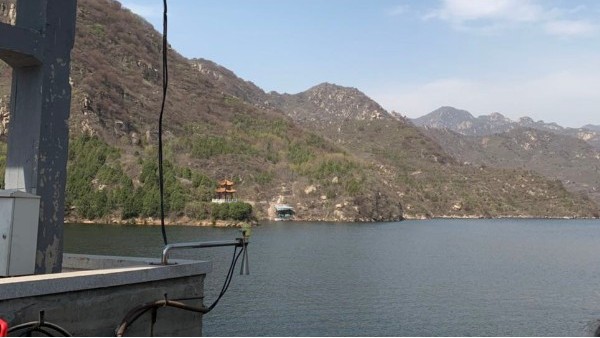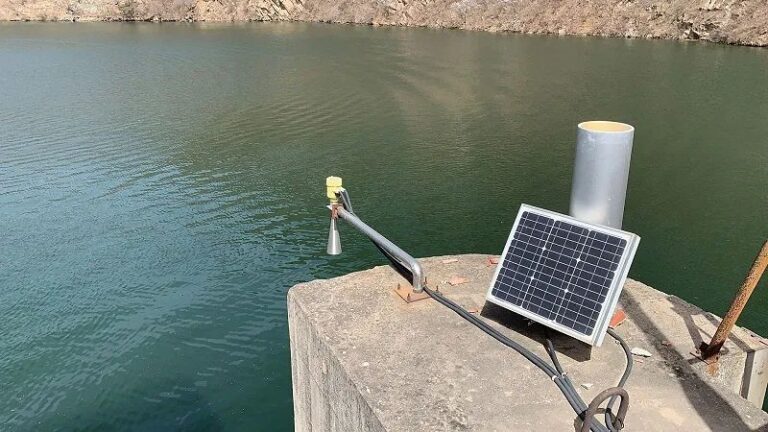The radar water level meter is widely used for water level monitoring in rivers, streams, seawater, and reservoirs. Its main advantage is that it is not affected by weather, temperature, wind speed, etc., and it does not need to touch the water, so it is not affected by the water body. Moreover, the measurement data is relatively accurate and the accuracy can reach a millimeter level and the measurement range can reach 70 meters.
The radar wave operates at the speed of light and is suitable for more complex operating conditions. It is highly scientific and advanced by transmitting low microwave pulses and receiving them through the antenna system. There are also many points to note when installing such a high-quality product in order to measure accurately and to its maximum advantage.

The installation of the radar water level meter is as follows
1. The measuring range is small and involves many details, most notably the antenna.
2. The measuring range of the radar water level meter starts when the beam touches the bottom of the tank, provided that the bottom of the tank is flat. If the bottom of the fruit can is not flat, concave, or convex, when the object is positioned below this point, it cannot be effectively measured.
3. Special attention should be paid to the installation position of the radar water level meter, the radar waves must all be covered by the water surface because there is no way for the radar to identify the water surface and the land surface, even though the status surface is measured, but still according to the water level surface to display data.

4. In the location where the radar water level meter is installed, try to avoid floating objects or other objects that will interfere with the radar waves, as the radar waves may mistake these for the water surface and this will lead to confusion in the measurement data, which is only the distance from the probe to the floating object.
5. When mounting the radar probe, try to keep it as level as possible, otherwise, it will cause errors.
